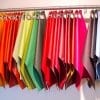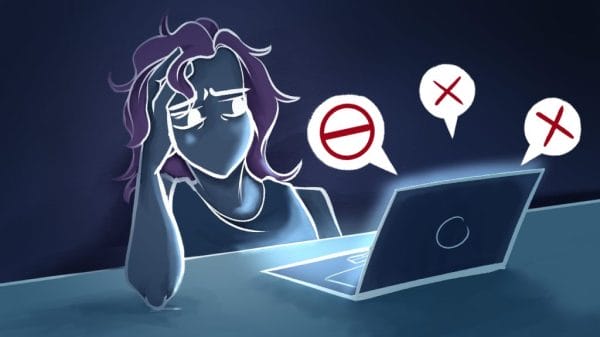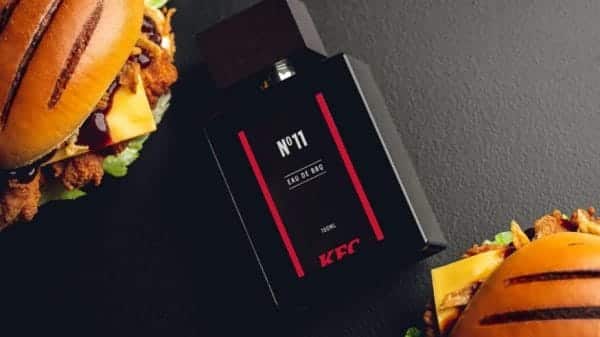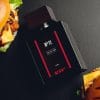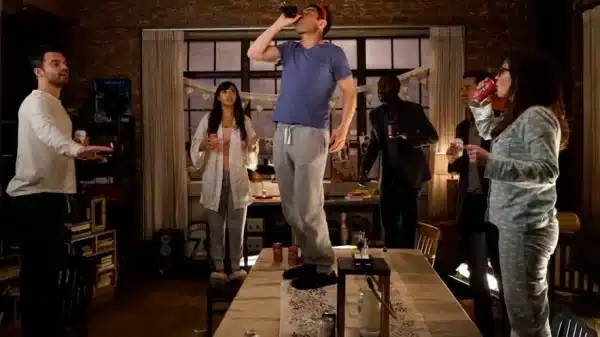TikTok’s ‘What I eat in a day’ hashtag has reached a soaring 12.3 billion views. Despite being numerically astounding, a fact which is enough to raise eyebrows. Why are we so obsessed with them? Well, diet culture has been all over, from Slimfast’s weight loss milkshakes in supermarkets to billboards condemning the shedding of just enough fat. Everyone’s mom, aunt, and grandma had the secret recipe to weightloss, and well, so do we. At least, that’s what my feed is telling me.
Below the popularised hashtag, TikTok’s note of caution refers to BEAT, a website to indeed beat eating disorders. Now, anyone without the slightest idea of disorderly eating may question the relevance and actual influence of this. The truth is, at least 9% of the world’s population has an eating disorder. In other words, just under 7 million people have an eating disorder, and many more either develop or have healed from one.
But why watch ‘What I Eat in a Day’ Tiktoks? Pop culture invites how-to manuals. Think, “How to lose weight in 10 days” or “How to get your Summer Body.” Sound familiar? TikTok videos do just that, but they likewise promote an obsessive and restrictive way of eating.
In an interview with HuffPost, registered nutritionist and YouTuber Abby Sharpe states:
“People often want to be walked through ‘how to eat,’ and when they see a young, fit, thin, good-looking YouTuber make claims that she eats a certain way or cuts out certain foods and looks the way she does, people want a ‘sample menu,’ so to speak, on how they too can achieve that look. What they don’t realize, however, is that YouTube is largely staged and fake.”
In an effort to reduce the influence of unsustainable and damaging diets, Abby Sharpe reviews and feedbacks online videos, demonstrating how to make food plans meet a human’s daily needs.
Sharpe’s video observes two Tiktokers by the names of @DailyDreamz and @Cassidyflood23. @DailyDreamz is shown with a handful of almonds; breakfast labeled overhead. “A few almonds for breakfast? Like, no”, Abby Sharpe states. The Tiktoker’s final calorie count amounts to an astounding 750 calories. Compare that to the worldwide recommended 2,000 calories. While increasing her calorie count to 1089, @Cassidyflood23 does not even consume the suggested for a 13-year-old girl. Sharpe, unimpressed, states, “This is not enough food. I mean, not for a normal life, not even for weight loss.”
The effects and dependencies on low-carb, low-fat, low-calorie diets likely result in both physical and mental consequences, frequently negatively impacting metabolic processes and encouraging ED habits. Diet culture, often disguised as nutrition and wellness, has become part of the ‘clean girl’ aesthetic. TikTok’s ‘What I Eat in a Day’ videos certainly mirror this. @mervozkn, a self-titled possessor of a “healthy lifestyle,” does amazingly in capturing aesthetic shots of iced lattes and trendy workout clothes yet fails to show a sustainable diet. Many of the calories consumed were seemingly overshadowed by the captivating ombré of her coffee. You may wonder, is this realistic? No, and the comment section certainly agrees. One viewer stated, “Careful, sis. I ate this low for several years, and my metabolism was so messed up, and it took years to fix, and it still isn’t perfect!”. Others responded with, “That’s starvation.”
Colleen Reichmann, clinical psychologist and co-author of “The Inside Scoop on Eating Disorder Recovery,” says to Health. “This is so problematic because the vast majority of the time, the videos are being done by thin, able-bodied, younger white women—women with an immense amount of body privilege.” Much like the infamous heroin chic trend, this aesthetic pressures people into specific categories. But there are different body types, and quite frankly, not everyone will fit into the same jeans the same.
“[This] is fundamentally misleading because weight and body shape are 95% determined by genetics, not food or exercise,” Reichman states.
Youtuber Linda Sun narrates her own battles with eating disorders in a youtube video, noting the timeline and spontaneous changes in beauty standards.
In a confused moment of deliberation, Linda Sun states, “So… after fifteen years of telling me to be as small and thin and skinny as possible. You want me to have a body like this [insert picture of Kim Kardashian’s famous champaign picture]?”
“I use the same clickbait titles I 100% would have clicked on, expecting to find more food rules, weight loss tips, another body to compare the mind to, but instead, this time, I’d be met by, I guess my older self.” The montage of deliciously inviting foods displayed in each of Sun’s videos makes for an inspired need to listen to your body. Its cravings, its hunger queues, its needs. While Linda Sun’s one click to change your perspective on food and wellness may have significant implications, ‘What I Eat in Day’ videos should not be considered gospel. In fact, keep diets and recipes as inspirations rather than manuals. Media does not influence your body’s needs.






